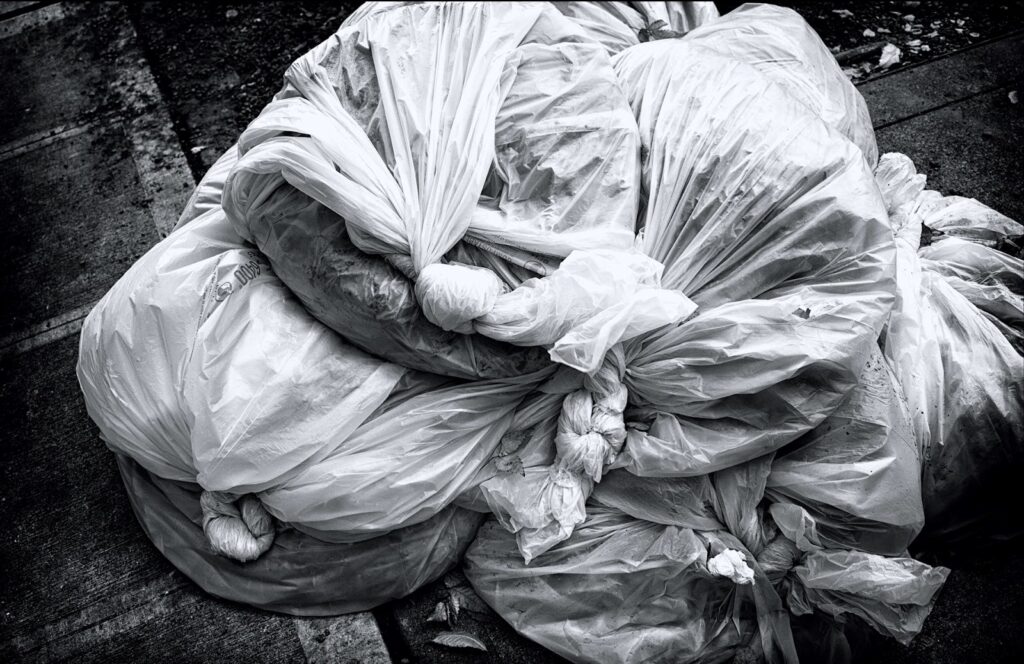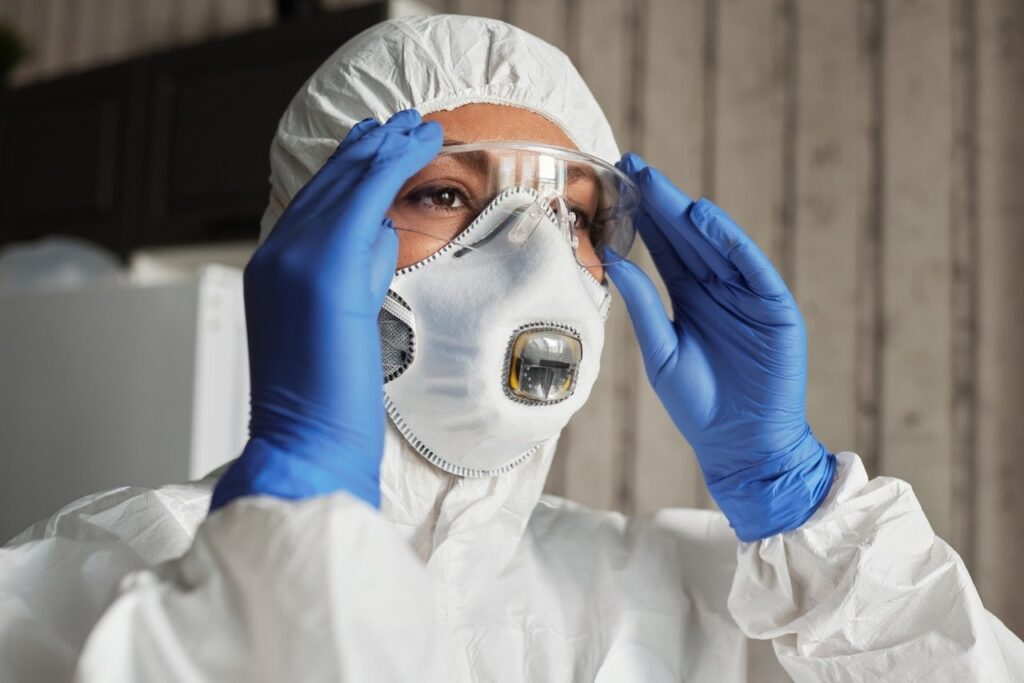You have set up your grow facility. The crop is coming along nicely. You’ve even landed on the best climate control system and you’re mimicking natural environmental conditions very well. Time to take a break and enjoy the results of all your hard work, right?
Wrong.
Yes, you’ve done a great job setting up your grow facility, but there’s an important element you now need to take care of — grow op maintenance. Preventive cultivation facility maintenance is not something you can leave for later; it’s a must-have for every operation. Instead of waiting to put out fires and fix problems as they arise, taking a proactive approach to maintaining your cultivation facility provides many benefits including:
- Maintaining product quality
- Increasing production and ROI
- Reducing utility costs
- Minimizing, or even eliminating, system failures
- Mitigating revenue loss stemming from system failures
Maintaining your facility and avoiding any crises reduces disruptions and allows you to promote and sustain business growth.
What should be included in preventative grow op maintenance
Cultivation facilities, with their well-controlled environments that mimic summer and spring days, are a safe harbor for mold, fungus, invasive pests and microbial pathogens. This is why it’s crucial to keep them free of anything that may wreak havoc in the facility or cause problems in the future.
Maintaining your cultivation facility will include taking care of a lot of details, but if we had to boil everything down to a few points, we’d say the following is what should be included in your preventative grow op maintenance.
Sweeping
Yes, sweeping.
Sweeping and vacuuming the grow area to remove any soil, leaves, and debris may seem like a simple thing to do, but it’s an important preventative activity. While some growers prioritize sweeping and vacuuming between cycles and after some major maintenance events, scheduling regular cleaning is a good way to prevent problems in the grow facility. Plus, regular cleaning inspires good habits among the people involved in the day-to-day running of the facility.
Some best practices to keep in mind when cleaning the grow facility include:
- Taking out any trash daily. Leaving leaves or bags of trash in the grow room can promote mold growth, plus dirt and debris are common hiding places and perfect hotbeds for pests and pathogens.
- Considering HEPA filter vacuum cleaners. HEPA filters can help prevent the spread of diseases and pests.

Sterilize the facility
Once the debris is removed, you need to disinfect and sterilize the facility. Bleach, hydrogen peroxide, peroxyacetic acid, rubbing alcohol, and quaternary ammonium salts are some of the most popular ways of disinfecting grow facilities.
You should aim to thoroughly sterilize surfaces, tools and equipment before use. How often should sterilization occur? Well, that’s up to you, and it all depends on your level of risk management. Whether you choose to minimize the spread of infection by sterilizing daily or you opt for sterilizing after more time, make sure you stick to a schedule that works for your operation.
The following are some helpful things to remember when disinfecting and sterilizing the facility:
- Take note to sterilize easy-to-overlook things such as pots and trays
- Make use of disinfecting mats at each entrance leading into the facility to kill any pathogens stuck on shoe soles. Also, make sure that everyone coming into the facility uses these mats.
- When cleaning floors, make sure to remove any still water from the grow room. Water puddles on the floor can promote mold growth.
Eliminate food
Sugar, a single drop of soda, bits of food on the floor… All these can promote mold growth and pest or pathogen infestation. Your preventative maintenance should include a policy that stops any food or drinks from entering the grow room. Water is probably the only exception here.
HVAC equipment
Your HVAC equipment will undoubtedly be one of your biggest investments. You must protect the investment by maintaining your system and avoiding expensive repairs. For instance, dust and debris can block filters, coils and vents, making your system less efficient and more prone to overheating and breaking down. Regular maintenance can ensure that this doesn’t happen.
The ease of maintenance will largely depend on the type of system you have. The ductwork in ducted systems, for example, tends to complicate things. Ductwork is hard to access, it’s the perfect breeding ground for pests and microbial pathogens, and it makes the entire facility susceptible to contamination.
At Harvest Integrated, we understand the importance of easy HVAC maintenance, that’s why our Harvest Air™ system has no ductwork to make maintenance easier. The specialized system can even come with enhanced filtration and IAQ options to keep the grow facility free of pests and pathogens.
Want to know more about HVAC maintenance? Read HVAC Maintenance Plans: The What, Why and How of Maintaining Your HVAC System.
Clean your lighting system
Similar to your HVAC system, your lighting system is a big part of the grow facility, so it should be a big part of your cultivation facility maintenance.
Make sure to remove any dust that has accumulated on your lighting. Wipe any reflectors you have and clean lighting cables carefully. Depending on the hours of use, you may want to think about replacing the lighting to ensure maximum efficiency. For example, sodium lamps will likely need replacing after 10,000 hours of use while LED lamps should last at least 50,000 hours before needing replacing.
While we’re on the issue of lighting, make sure that all cables to your lamps are screwed in tightly. But do note that robust electrical connections are not just for the lighting — they apply to other elements of your grow including your climate control system.
Have protective clothing
Everyone working in the grow facility must wear protective clothing. This is especially important in larger facilities where the risk of contamination is higher — the risk of contamination is generally directly proportional to the number of people working in a facility.
Some important protective clothing to help reduce the risk of contamination includes:
- Coveralls — these can be disposable or reusable
- Disposable booties — these are particularly important if your facility has had contamination problems in the past.
- Disposable gloves — gloves are especially crucial when handling plants.

Pest management
If it ain’t broken, don’t fix it. Integrated Pest Management (IPM), is one of the commonly used strategies for keeping plants safe from pests so instead of trying to reinvent the wheel, you can use this approach as a foundation for your grow facility pest management.
IPM combines environmentally sound techniques to prevent pest problems before they crop up. IPM also reduces the need for pesticides. All these benefits help growers save time, money and possibly their entire operations.
Common pest prevention methods when using IPM include:
- Increasing grow facility sanitization
- Creating environmental conditions that are unappealing to common grow room problems such as mold, pest and pathogens
- Having a robust airflow and grow room design
- Using beneficial insects and other biological means of defense, e.g. ladybugs and predator mites
- Using approved pesticides that are consistent with your grow type, when necessary
- Enabling plants and soil to develop systemic resistance
Here are some pest prevention tips to expound on the IPM concept:
- Use insect sticky traps and spore traps, and inspect them regularly. This will help you identify any pests and mold in the grow room quickly, making it easier to decide on the processes and treatments required to sanitize the grow room properly.
- Don’t allow pets in the grow facility as they may bring pests into the space.
- Minimize other vegetation around the facility. This practice limits the places in which pests and pathogens can breed and from which they can easily get into the facility.
- If you do have other plants growing near the grow facility, monitor them for pests and disease that can be transferred to your facility.
Looking for, and tracking pests is one of the best preventative methods you can adopt to stay on top of your pest management. This leads to the next thing you should include in your grow op maintenance — plant inspection.
Plant inspection
This is something you should aim to do regularly. Take a close look at your plants for signs of mold or pests. When inspecting plants, it’s important to have a good idea of the common problems that affect the crop you are growing.
For example, in a cannabis grow room, humidity may encourage mold growth on plants and the cannabis crop is also susceptible to spider mites. In cannabis facilities, inspection is especially important for clones. When they are first cut, clones are under a lot of stress and this makes them susceptible to fungus. Powdery mildew, in particular, can be hard to eliminate once it spreads so it’s crucial to identify it immediately.
But whether you’re growing cannabis or any other crop in your grow room, you should always inspect plants as you bring them into the grow room. A good way to do this is to isolate and quarantine plants being introduced from outside. During this time you can monitor the plants thoroughly for diseases and pests before introducing them to the other plants in the facility.
A handy tip: use your own cuttings or start your own mother to avoid bringing in plants that could potentially be infested.
Separate spaces
Another preventative method you can adopt when it comes to plants is having separate spaces for plants at different growth stages. For example, most cannabis growers separate mother plants from veg plants and they also keep clones and flowering plants in separate spaces.
This way, you prevent cross-contamination between the younger and older plants in case of some pest or disease invasion. Additionally, if you have separate rooms for the plants and one room is compromised, you can take care of the problem without affecting progress in the other rooms.
Post-harvest cultivation facility maintenance
Maintaining your cultivation facility during plant growth and harvest is vital. But resetting your facility before the next grow cycle is equally important. Post harvest, you should make sure that your facility is neutralized and cleaned. This includes removing any remaining plant matter, which makes great food for pests and pathogens, and disinfecting surfaces.
Post-harvest cleaning “resets” whatever contaminants may be present in the facility and ensures that you start your next cycle with a clean grow facility. And here’s the thing — whether it’s your first or 50th grow cycle, starting with a clean facility is a must.
Maintaining your cultivation facility: Final thoughts
Pests and diseases need a place to thrive. Limiting their options by maintaining your grow facility is an excellent way to reduce the risk of losing your crop or damaging your operation’s profitability and success. The bottom line — preventative maintenance is essential in every high-performance grow facility.